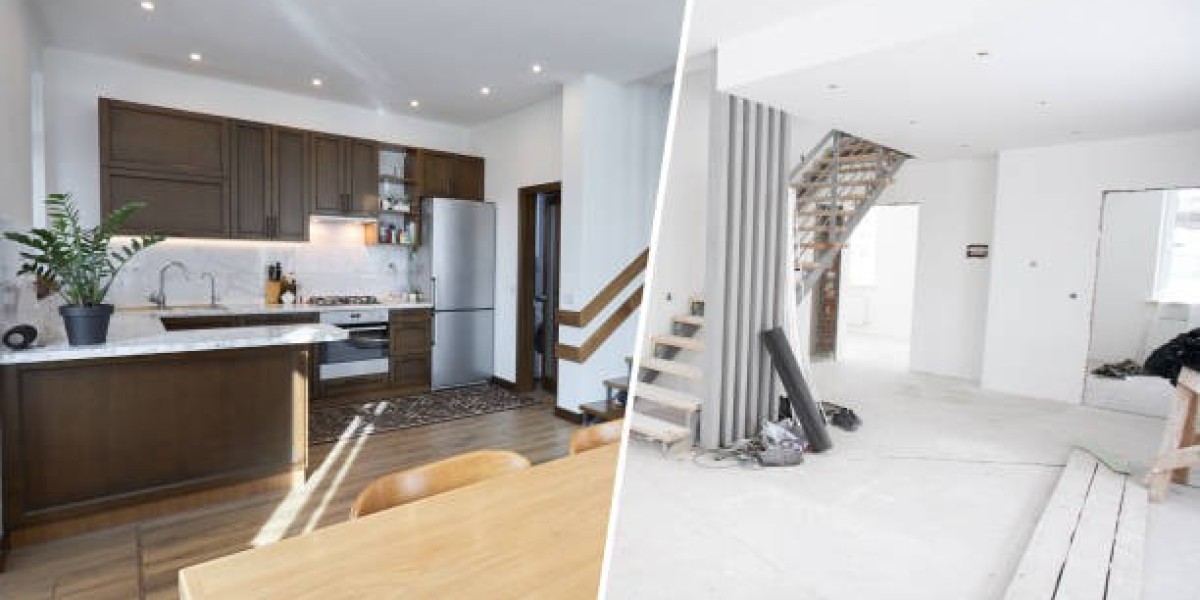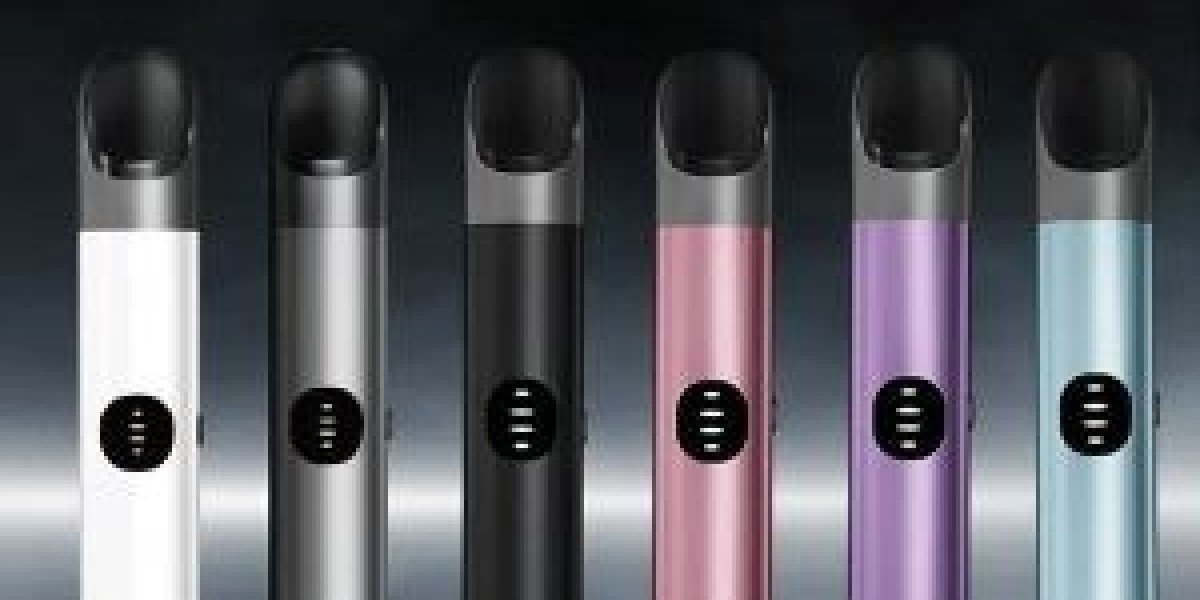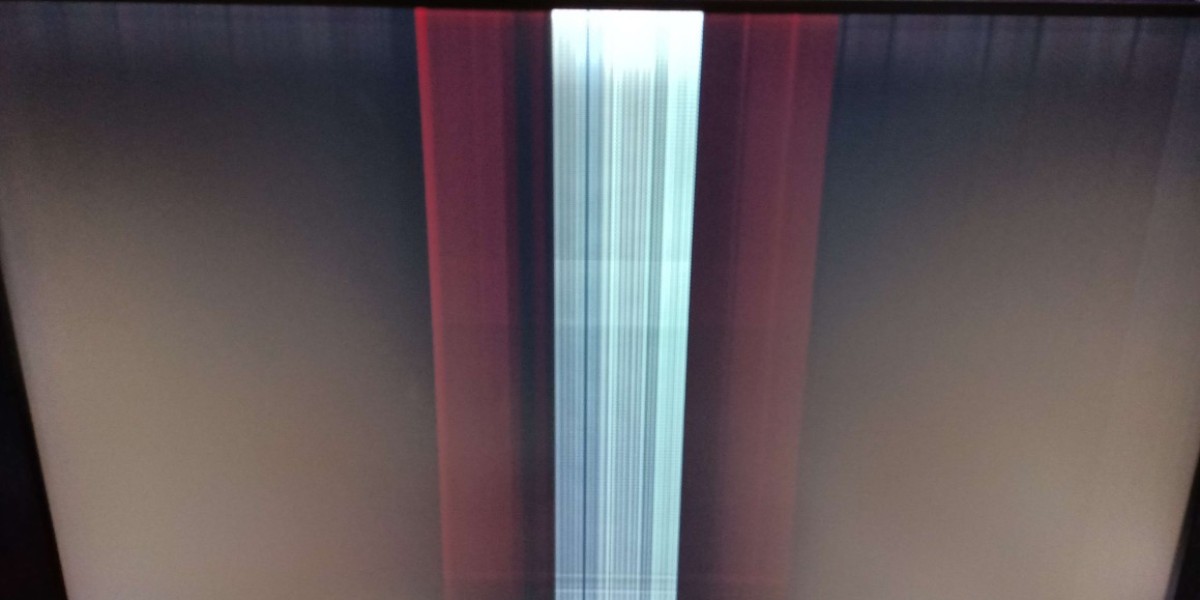Lighting is one of the most powerful tools in the realm of design. At LLA Designer, we believe that lighting does more than illuminate a space—it tells a story, sets the mood, and enhances how we experience our surroundings. When thoughtfully integrated, lighting design becomes the invisible force that defines comfort, beauty, and practicality in any environment.
Why Lighting Design Matters
Lighting plays a dual role in any space: aesthetic and functional. A well-designed lighting plan can elevate even the simplest interiors, creating visual interest, highlighting architectural details, and shaping the ambiance. At the same time, it ensures that rooms are usable, safe, and aligned with the purpose they serve.
Think of a kitchen where task lighting helps prepare meals with precision, or a cozy reading nook with warm ambient lights that invite relaxation. Lighting is never just about visibility—it’s about experience.
Types of Lighting: The Foundation of a Balanced Space
Understanding the three basic types of lighting is key to achieving harmony in design:
Ambient Lighting: This is the main source of light in a room, offering overall illumination. It sets the tone and ensures comfort.
Task Lighting: Focused and practical, task lighting supports specific activities like cooking, reading, or working.
Accent Lighting: This is where drama enters. Accent lighting draws attention to focal points—art, textures, or architectural features.
A professional lighting designer skillfully layers these elements to create depth and flexibility within a space.
The Psychology of Light
Light has a profound impact on mood and behavior. Bright, white lighting can energize and enhance focus—ideal for offices and kitchens. Soft, warm tones, on the other hand, promote relaxation and calm, making them perfect for living rooms and bedrooms.
Color temperature, intensity, and even fixture placement influence how we feel in a space. At LLA Designer, we integrate human-centric lighting strategies that align with circadian rhythms, encouraging well-being and improved productivity.
Lighting as a Design Statement
Beyond function, lighting is an art form. With advancements in technology, fixtures have evolved from mere utilities into sculptural elements. Pendants, sconces, chandeliers, and recessed lighting can all act as style-defining pieces.
Modern lighting design embraces sustainability, too—using LED technology, automated dimming, and energy-efficient planning to reduce environmental impact while maintaining design integrity.
Smart Lighting Integration
Today’s lighting design isn’t complete without smart technology. Automated systems can adjust brightness based on the time of day, or even your presence in a room. Voice-controlled setups and app integration make it easy to customize your space’s mood at the tap of a screen.
Smart lighting also enhances security and energy efficiency—two major concerns in modern home and commercial design.
How Lighting Complements Interior Design
Lighting doesn’t stand alone—it’s a crucial layer of Interior Design. A beautifully furnished room can fall flat without proper lighting. Conversely, a modest space can feel luxurious and expansive when lit thoughtfully.
At LLA Designer, we approach lighting as an extension of the overall design process, collaborating closely with architects, interior designers, and clients to create seamless and expressive environments.
Final Thoughts
Lighting design is where creativity meets purpose. Whether you're creating a cozy home, an inspiring office, or a dynamic retail space, investing in smart, beautiful, and functional lighting pays off in both style and usability.








